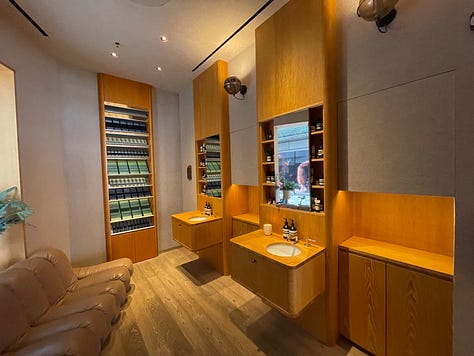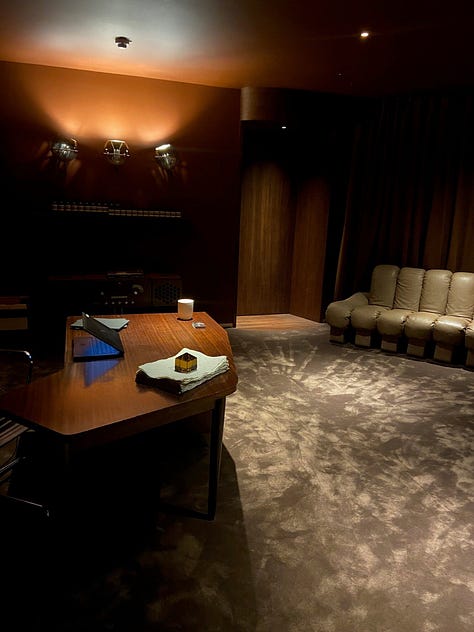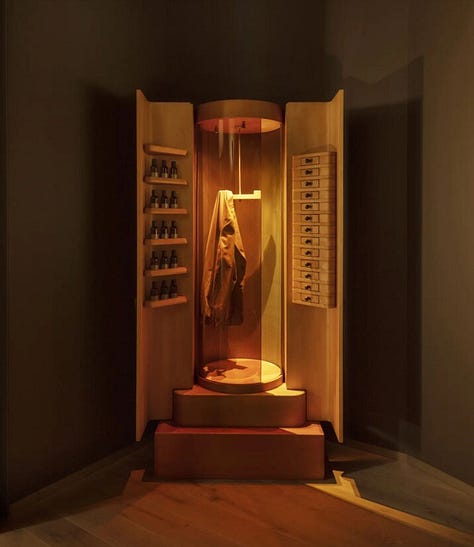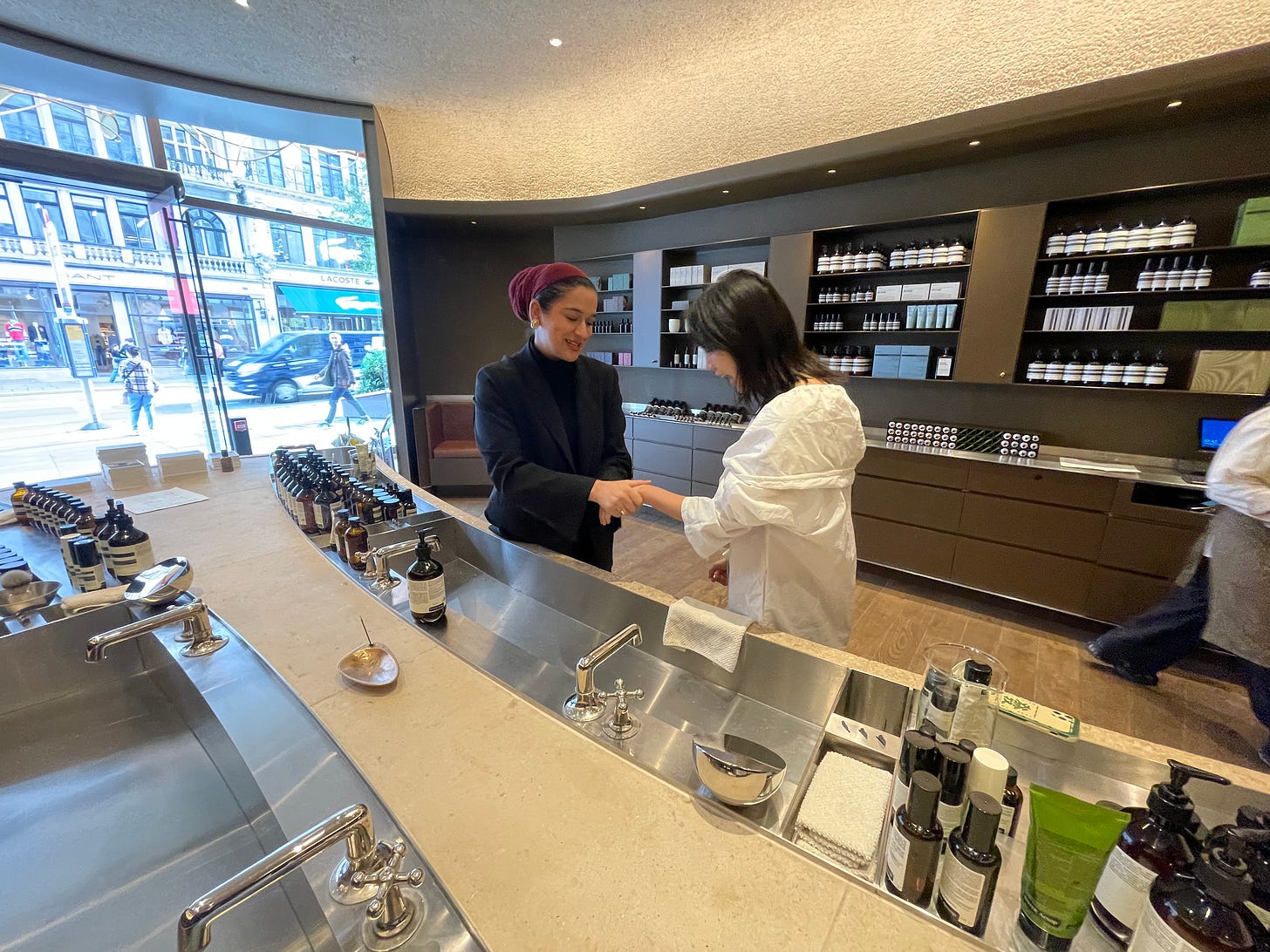Visibility Kills Value
The Hidden Power of Discovery in Retail
In a world where every brand is desperate to be seen, visibility has become a reflex. We optimise for awareness, design for clarity, and measure attention like it’s oxygen. But here’s the paradox: the more visible something becomes, the less valuable it often feels.
Because when everything is surfaced, nothing is discovered.
Discovery is what gives meaning to experience. It transforms the transactional into the emotional — the predictable into the memorable.
You can see this principle at work in Aesop’s Regent Street store. On the surface, it’s a study in restraint: a modest façade, a calm interior. But tucked quietly within it are treatment rooms — unadvertised, unannounced, waiting to be found. There’s no banner, no push notification, no ‘Book Now’ prompt: just a subtle hint, a quiet invitation.



And that’s the brilliance. The act of finding those rooms creates a psychological shift, from being marketed to, to being rewarded for curiosity. It transforms a store visit into a personal discovery. Most retailers would have turned that feature into a headline. Aesop turns it into a secret.
That’s not inefficiency. That’s strategy. It’s a form of design that recognises the power of withholding. Because what’s hidden is often more potent than what’s shown.
Retailers obsessed with conversion metrics and footfall data miss this nuance. In their rush to make everything obvious, they flatten the store’s emotional landscape. They remove the mystery that builds memory.
Discovery doesn’t just delight; it deepens attachment. It creates a story customers tell themselves — and others — long after they leave.
So perhaps the role of retail design today isn’t to increase visibility. It’s to design for discoverability.
The best spaces don’t scream for attention — they reward it. They whisper. They unfold. They make the curious feel clever and the loyal feel lucky.
Discovery is retail’s most underused lever — not because it’s hard to design, but because it’s hard to measure.
And that’s precisely why it works.


